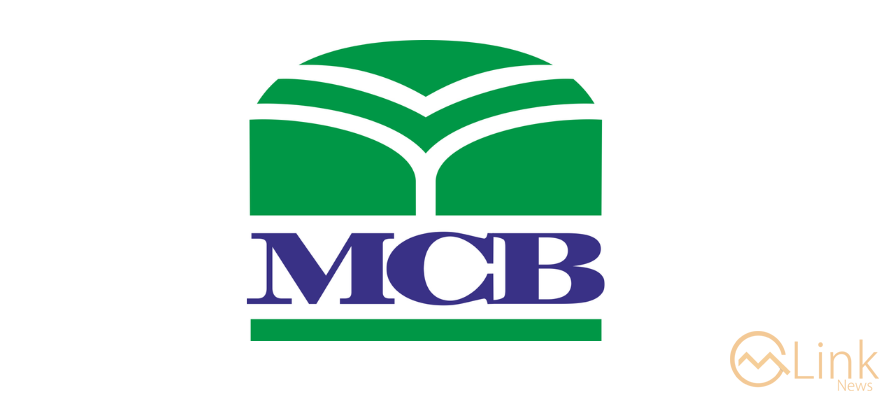April 15, 2021 (MLN): The newly created International Monetary Fund’s (IMF) Special Drawing Rights (SDR) would augment sovereigns' foreign exchange reserves, most tangibly for lower-rated sovereigns with thin external buffers, although their direct effect in alleviating prevailing external liquidity pressures will be modest, Moody’s Investor Service said.
Measured against upcoming cross-border debt repayments, the additional SDR allocations could provide meaningful support for Pakistan, Zambia, Suriname, Tajikistan and Nambia.
On 8 April, the International Monetary and Financial Committee (IMFC), an advisory body to the International Monetary Fund (IMF), officially called for a comprehensive proposal on a general allocation of $650 billion in new Special Drawing Rights (SDRs) in response to the coronavirus pandemic.
To note, SDRs are international reserve assets that have been created to supplement IMF member countries' official foreign exchange reserves; SDRs can be exchanged for currencies to help meet cross-border payments, including those for debt servicing and merchandise trade.
While these additional resources would help alleviate external liquidity pressures, they would not solve fundamental credit challenges, such as those that led to the recent default in Zambia.
Moody’s said that the ultimate effect of the SDR allocation on sovereign credit would depend on the scope and effectiveness with which sovereigns used these new resources to not only address immediate cross-border repayment needs but also to support the economic and revenue recovery from the pandemic.
The new SDRs would be allocated according to IMF members' existing capital subscriptions or quotas. As such, more than 60% of these new reserve assets would be distributed to 34 advanced economies, led by the US, which stands to receive $113.1 billion in SDRs based on its current 17.4% quota.
By contrast, 99 rated developing sovereigns would receive $226.2 billion or 34.8% of new SDR allocations, of which $139.0 billion or 21.4% of total new allocations would be directed to the 10 emerging market economies in the Group of 20 (G-20). For most of the latter group, deepening domestic capital markets and an established funding franchise in international markets reduce the credit benefits from the addition to reserves represented by the SDR allocation. As such, less than 15% of the SDR allocation would accrue to non-G20 emerging market and frontier market economies – those suffering the most in the current global downturn, Moody’s stated.
Developing economies with the most fragile external positions are the most likely to benefit from the SDR allocation, Moody’s added.
As per the quota under IMF, Pakistan holds around 0.426% share in total SDR which suggests that the above development can fetch a benefit of up to USD2.5-3 billion for Pakistan which shall provide much-needed relief for efficient management of external payments (imports & debt repayments).
Although the final proposal that would govern the use of these SDRs is forthcoming, some of the largest governments may voluntarily purchase SDRs from vulnerable sovereigns in need of liquidity support, Moody's concluded.
Copyright Mettis Link News
40707








